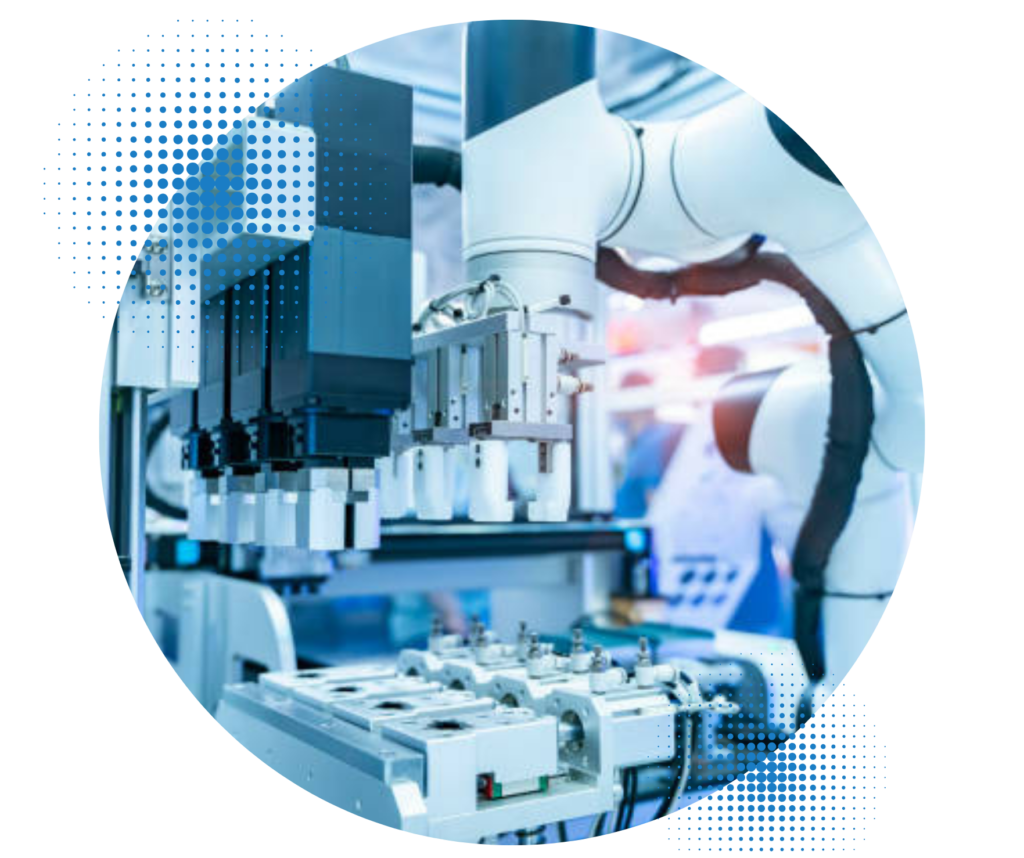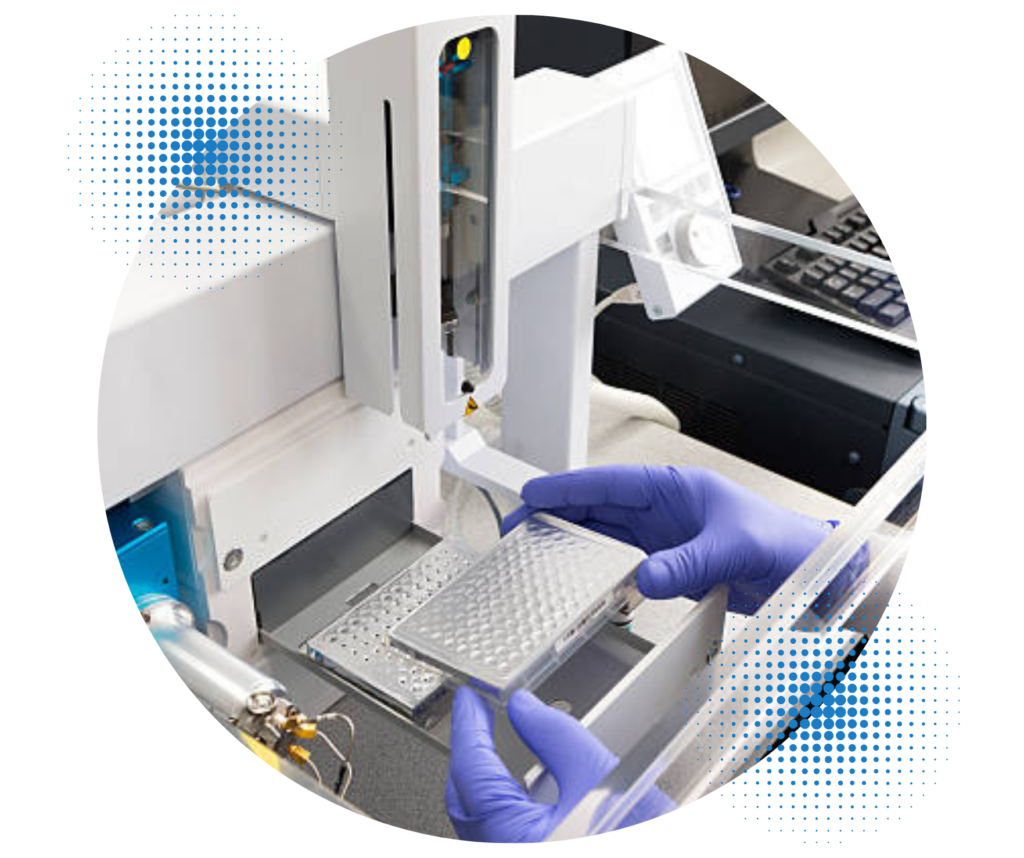Advancing Integrity with Laser-Based Headspace Analysis.
Our team provides Laser-based gas headspace analysis, a non-destructive and quantitative Container Closure Integrity Testing (CCIT) method. It measures the oxygen or carbon dioxide content in the headspace of a nonporous, rigid, or non-rigid package. This method utilizes a near-infrared (IR) laser, which passes through the gas headspace region of a container. Each IR laser is tuned to match the vibrational frequency of either O2 or CO2, which acts as the tracer gas or target analyte of measurement.
Laser-Based Gas Headspace Analysis Technology for Cell and Gene Therapy Products (CGTs), Advanced Therapy Medicinal Products (ATMPs), and Lyophilized Products

LIGHTHOUSE’s FMS-Oxygen Headspace Analyzer:
Measures oxygen concentration in sealed parenteral containers. The benchtop headspace oxygen analyzer can be used throughout the entire product lifecycle, from development to QC laboratory applications to at-line, in-process control of headspace oxygen levels and production.
Applications Include:
- Leak detection
- Container closure integrity studies
- IPC monitoring of oxygen levels during the filling of oxygen-sensitive product
- Optimization and validation of purging systems on filling lines
- Oxygen degradation studies
- Stability trends, end-of-shelf life studies
- Packaging permeation studies
LIGHTHOUSE’s FMS-Carbon Dioxide (CO2) Headspace Analyzer:
Measures CO2 concentration in sealed parenteral containers for a variety of applications. The benchtop headspace carbon dioxide analyzer can be used throughout the entire product life- cycle, from development to QC laboratory applications to at-line, in-process control of headspace CO2 levels in production.
Applications include:
- Container closure integrity testing of frozen product stored on dry ice for transport
- General container closure integrity testing when the test method involves using carbon dioxide as a tracer gas
- IPC monitoring of carbon dioxide levels during the lling of product purged with carbon dioxide in the headspace
- Microbial growth detection in media vials

At Gateway Analytical, we offer laser-based gas headspace analysis, ideal for pharmaceutical companies with freeze-dried products or biotechnology products requiring deep and ultra-cold storage temperatures between -196°C and -80°C.
Laser Headspace Analysis for CCIT
When it comes to container closure integrity, the concentration and pressure of O2 or CO2 gas affect the absorption of IR light. Our instruments process the absorption information and yields test sample signal results. This information is then compared to a pre-established calibration curve created from measuring gas standards of known concentrations.

Your Partners in Advanced CCIT Solutions
Ensuring the integrity of nonporous packages used for sterile pharmaceutical and biotechnology products is crucial to meeting patient safety and quality standards. Contact Gateway Analytical today to explore how we help companies develop and validate CCIT methods for their product-package configurations.


